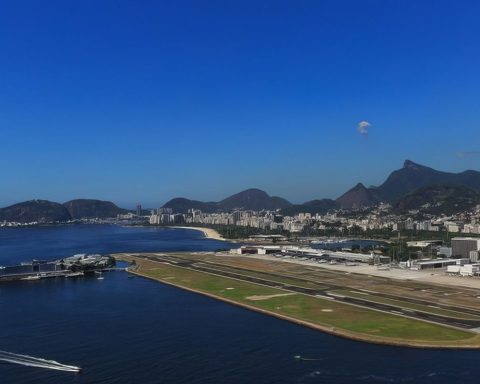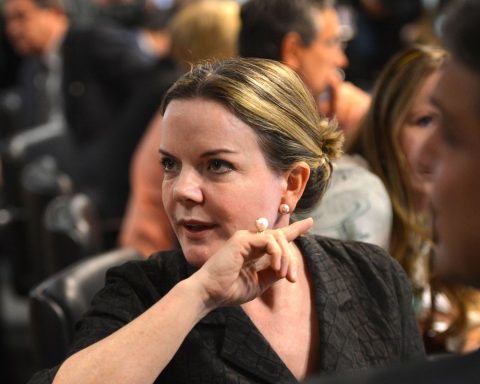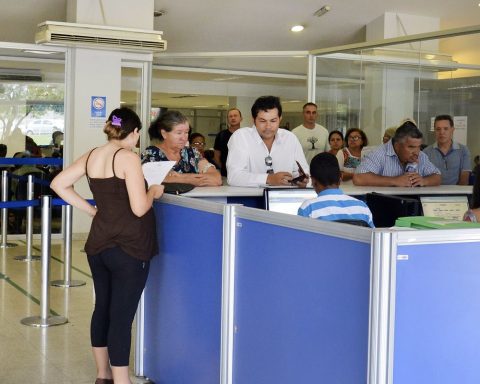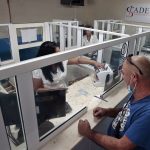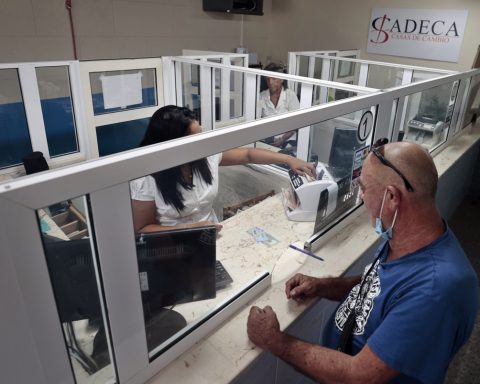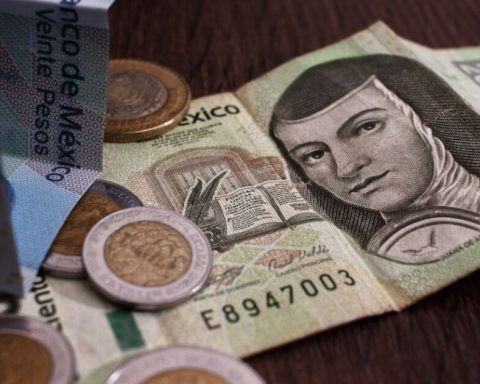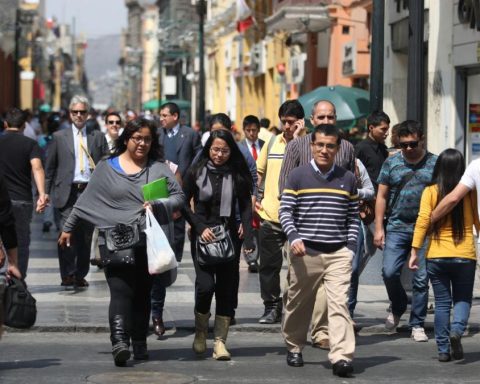Surrounded by a sea of water, Ilha do Marajó, in Pará, kept a secret that, little by little, goes beyond the limits of the archipelago and reaches other regions of the country. Marajó cheese, produced with buffalo milk since the beginning of the 20th century, is awarded, appreciated by tourists and residents, but, until 2020, it still could not be sold outside the state.
With the support of institutions such as the Brazilian Micro and Small Business Support Service (Sebrae) and the achievement of the Geographical Indication Seal in 2021, at the National Institute of Industrial Property (INPI), the cheese was recognized as unique and has its historical tradition. and culturally preserved. The product entered the Marajó tourist itinerary and is gaining market throughout the country.
The seal covers certified producers in seven municipalities on the Island of Marajó: Cachoeira do Arari, Chaves, Muaná, Ponta de Pedras, Salvaterra, Santa Cruz do Arari and Soure. Only those who produce in this geographical area, in an artisanal way and respecting the technical specifications at all stages of production — from buffalo breeding to marketing — have the right to use the title of Marajó cheese.
“Work was carried out to train businessmen so that they could see their products as something that can be sold in any supermarket in Brazil”, said the superintendent of Sebrae in Pará, Rubens Magno. Before, producers bumped into health regulations that regulate the trade in food of animal origin made in an artisanal way. Only in 2013, with a state ordinance, the sale of cheese was extended to all of Pará. Other regions, however, only got to know Marajó cheese in 2020, with the creation of the so-called Selo Arte, aimed at products made in an artisanal way.
Brazilian buffalo capital
According to historical records, the first buffalo arrived in Marajó in 1895, imported by a farmer named Vicente Chermont, and found the ideal conditions to live and multiply in the archipelago. The region with a hot, humid and rainy climate, with flooded areas and shadow zones created by the vegetation, offers the thermal comfort that the animal seeks, explains cheese producer and agronomist Tonga Gouvêa. “They have few sweat glands and dark coloring with very little hair. So they absorb a lot of sunlight and need to transfer heat.”
Strong, buffalo are used in many cultures to transport cargo and, in Marajó, they are everywhere. “Here we call the Brazilian Capital of the Buffalo, our entire economy revolves around the buffalo”, said Tonga.
Today, the state of Pará has the largest buffalo herd in Brazil, equivalent to 38% of the national total, according to the 2017 Agro Census of the Brazilian Institute of Geography and Statistics (IBGE). “What helps to explain this protagonism [do búfalo] it’s precisely the use of milk to produce cheese,” says professor of Geography at the State University of Pará Benedito Ely Valente da Cruz.
creamy and smooth
The cheese, with a creamy texture and smooth taste, has two varieties: cream and butter. The base of both is the same, curd mass and milk. The difference is that the cream type takes milk cream in the preparation and the butter, bottle butter. The two ingredients are obtained from the whey that comes out as a by-product of the curd. Instead of the curing or maturation process that many cheeses go through, Marajó cheese is cooked, in a process called “frying”.
Gabriela Gouvêa, who is a cheese producer like her father, Tonga, explains that the softness of the product from Marajó comes from the physicochemical composition of the milk, which has higher levels of protein, minerals, such as calcium, iron, and this has a whole relationship in the production of the derivative.
In addition to owning Fazenda Mironga, Gabriela heads the Association of Milk and Cheese Producers in Marajó. Together, the producers work to make Marajoara cheese stand out in the tourist itineraries of those visiting the region. The so-called Cheese Route offers tourists services and itineraries related to dairy production, passing through dairies, cafes, restaurants and ice cream parlors.
“There were restaurants that served dishes with Marajó cheese, but did not highlight the ingredient on the menu. It is a work of valuing the product”, emphasizes Gabriela. Mironga also receives groups of tourists for the so-called Experience, in which visitors are invited to learn about the history of the family, buffaloes and cheese; to touch the animals; and tasting the farm’s dairy products.
Producer Prudêncio Paixão has been on the market for 25 years and does not take his eyes off production: he watches the milk day and night to monitor the exact moment when the product curdles, in a totally natural way. In his home, the craft is passed down from generation to generation, and today he is proud to change the lives of other families in the region. “My dream is to see all the cheese producers here in Marajó certified and selling a quality product.”
the episode A Slice of Marajófrom the program Reporting Pathsgives TV Brazil, aired last Sunday (13). Check out:



